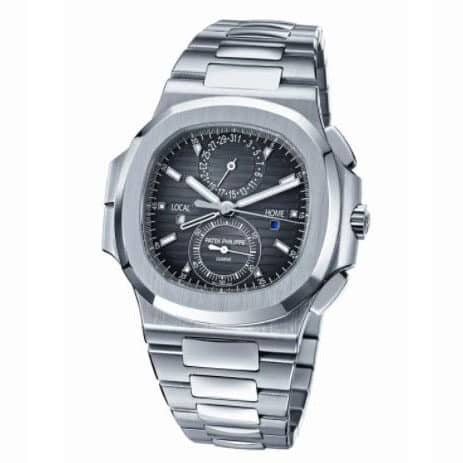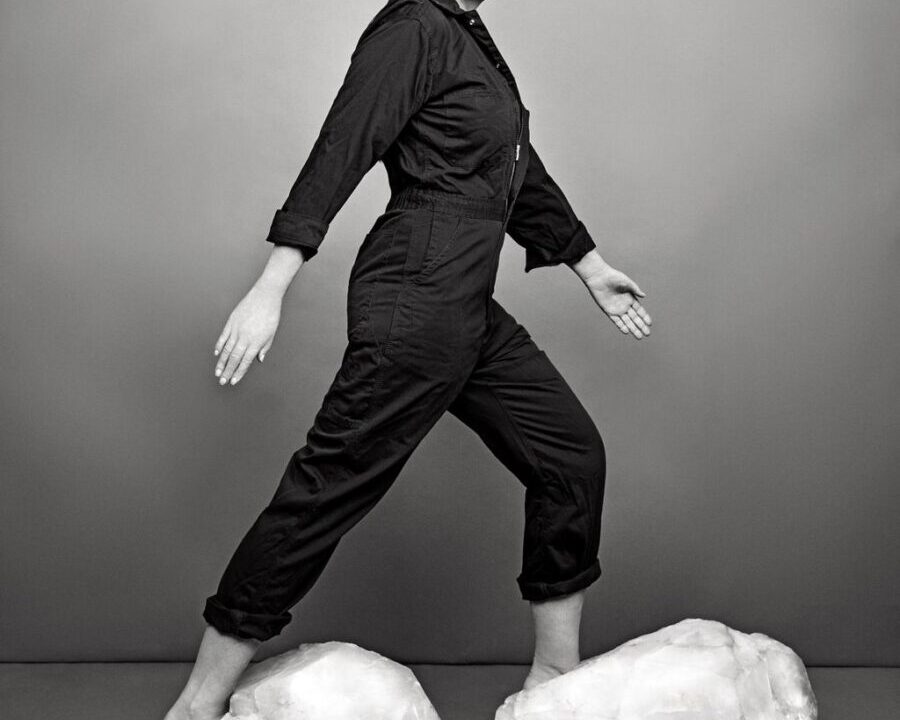Faberge Imperial Eggs
In 1885, Peter Carl Faberge (1864-1920) presented the first Imperial Egg named The Hen Egg, to Tsar Alexander III who had commissioned the egg for his adored wife, Tsarina Maria Fyodorovna. The Hen Egg took a year to complete, was designed in secret, and contained surprises. Faberge’s unusual secrecy guidelines meant that even the tsar had no knowledge of the egg’s design until it was received. The Hen Egg represented elegant simplicity in comparison to the ostentatious heavily jewel-encrusted style of the day. It had a smooth white enamel outer shell that opened with a twist. The gold matte yellow yolk inside the egg contained a gold hen; in turn, the hen contained a replica of the Imperial Crown which nestled a ruby pendant egg. Faberge would go on to complete commissions for forty-nine additional Imperial Eggs. Although the House of Faberge produced exquisite jewelry and led the historical world of Russian and European decorative art in the late 18th and early 19th centuries, The Faberge Imperial Easter Eggs are the creations that made the Faberge name world renowned.
Unsurpassed Enameling
Although the Faberge name is synonymous with the house’s Faberge eggs, neither the eggs, nor the House of Faberge’s success with jewelry, household items, and objet’s d’art would exist without Faberge’s brilliant and innovative enameling techniques. Faberge was known to use up to 150 unique shades of enamel in his work, often causing women to order dresses made to match the enamel colors in their Faberge jewelry. Proper fusion was the key to the enameling process and required the enamel be fired to at least 600 degrees centigrade to be soft enough for application to a metal surface. At times, the Faberge workshop would fire its enamel to 800 degrees centigrade, with the high temperature making application of the enamel more difficult and allowing no margin for error. Faberge’s craftsmen worked with a variety of mediums including silver and various shades of gold and platinum as well as pearls and fine quality gemstones. Their mediums included lapis lazuli, obsidian, jasper agate, chalcedony, jade, nephrite, and rock crystal. Faberge mastered the difficult technique of enameling on rounded surfaces known as en ronde bosse and achieved fame for his enamel guilloche. In guilloche, precise repetitive patterns, such as basket weave and moire are engraved onto a metal surface using a turning device called a tour a guilloche. Then depending on the desired translucent effect, 5 or 6 layers of independently fired enamel might be applied over the engraved pattern. The Imperial Coronation Egg exhibits a guilloche sunburst pattern. Since Faberge’s enameling reputation depended on perfect surface smoothness, with no pimples or imperfections, any item that contained a defect was discarded.
Innovative Ideas
Faberge’s mother, Charlotte Jungstedt, was Danish, his father, Gustav Faberge, was a goldsmith and jeweler from Parnu, Estonia. At the age of 18, in keeping with tradition as the oldest son, Faberge journeyed throughout Europe apprenticing with goldsmiths and jewelers in Paris, London, Frankfurt, and Italy to learn their trades. When he returned to Russia at the age of 24, the House of Faberge was similar to those of Cartier, Tiffany, and other jewelry houses, in offering fine jewelry to the wealthy elite. After Faberge assumed control of the business from his father, he strove to distinguish the family name through a change in focus away from jewelry and towards the design and manufacture of objet’s d’art. Under this mantel, Faberge created objects of unsurpassed workmanship and beauty using quality materials and utilizing the skills of talented craftsmen. He called himself an artist-jeweler, but he rarely made anything with his own hands. In essence he was a visionary, sketching inventive drawings, some whimsical, for pieces that represented the historical traditions of European applied arts. The craftsmen who completed the pieces, and sometimes created the initial designs, were themselves masters such as Mikhail Perkhin, August Holmstrom, Henrik Wigstrom, and Albert Holmstrom. These Faberge masters were the best in their fields and were encouraged by Faberge to sign their work. At the pinnacle of the firm’s success, more than 500 artisans worked on the firm’s objet’s d’art, including enamel guilloche objects such as the jeweled Easter eggs, picture frames, belt buckles, tea sets, silver flatware, crystal, and religious objects. Faberge held the uncommon perspective that the intrinsic value of an artistic work was in the design, rather than in the size and weight of the jewels and metal used in the piece.
International Success
In 1872, Faberge volunteered to assist in repairing and appraising the antiques in the Imperial Cabinet, or Hermitage; a winter palace for the Russian tsars and their treasures. In 1882, Faberge’s talented younger brother Agathon joined the firm, and Faberge became a Master in the Second Guild, with the attendant right to use his own hallmark. This right established his firm as a premier contender in the realms of jewelry and goldsmithing. In lieu of the Hermitage’s knowledge of his artistry, Faberge was encouraged to represent the Hermitage museum at the Pan-Russian Exhibition with his replicas of historical gold. Not only did he win a gold medal for his submissions at the Exhibit, but it was here that Tsar Alexander III recognized his pieces as standing apart from the rest. Alexander’s wife Tsarina Maria Fyodorovna also liked the work and found it enchanting. In 1885, Tsar Alexander III commissioned Faberge for the first Imperial Egg and bestowed on him the title of Supplier to the Court of His Imperial Majesty. This title forever melded The Faberge family’s fortunes and reputation to the history of Russia and the Romanovs. The House of Faberge prospered until the revolution of 1917 when the Bolshevist government seized the company’s assets and closed it down. Following the revolution, the Romanov’s palaces were looted and several of the Imperial Eggs were lost in the melee. Experts are in consensus that 7 or more of the eggs and their internal surprises have yet to be located.
Today the Faberge name continues to represent quality and refined luxury. For collectors, the ongoing hope for a find from the House of Faberge, perhaps a lost Imperial Egg or an objet d’art bespeaks the ultimate treasure hunt.
If people are interested in adding pieces like these to their private collections, they can get started by checking with auction houses in Dania Beach, FL. These auction experts are happy to help collectors find pieces they desire that may soon be offered in upcoming auctions.
Selling the Works by Faberge?
Do you have works by Peter Carl Faberge that you are interested in selling, appraising, or consigning? Call Joshua Kodner today, and ensure you receive the true value of your property.




